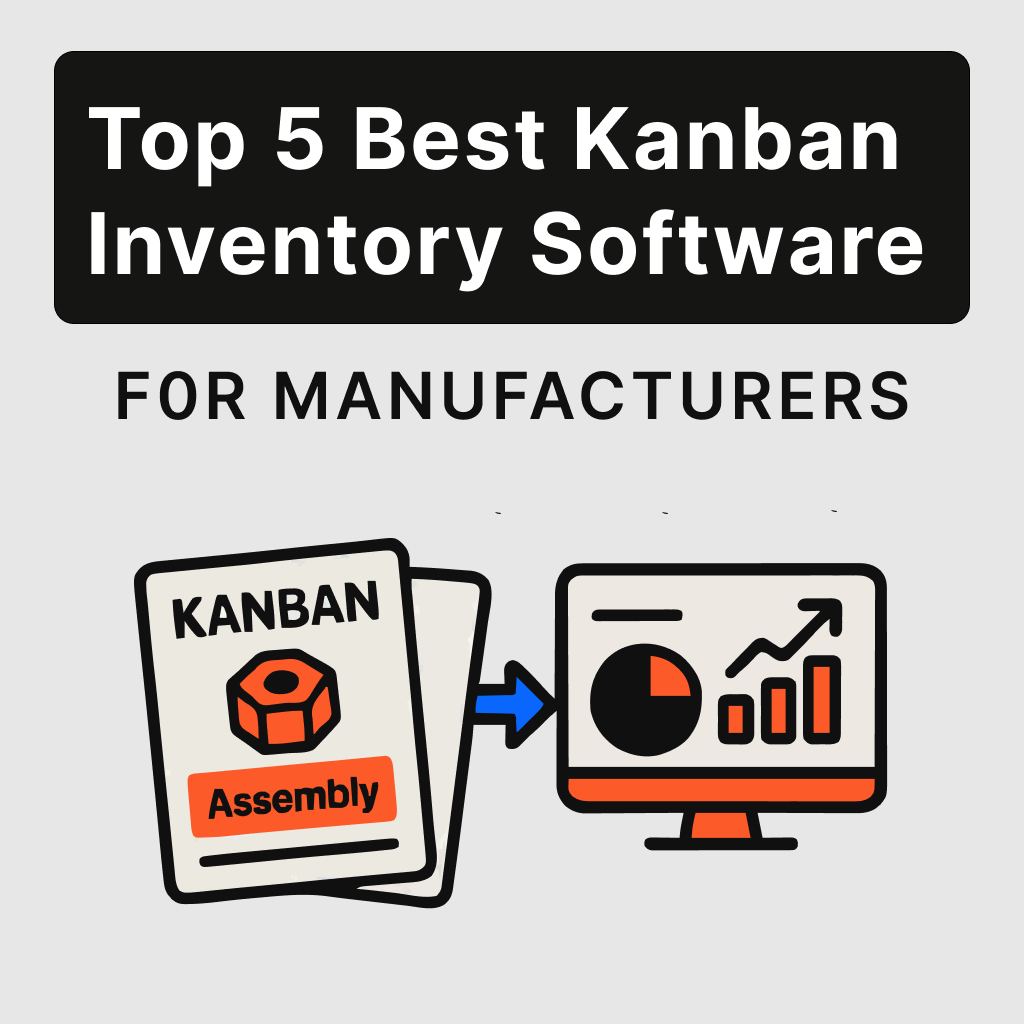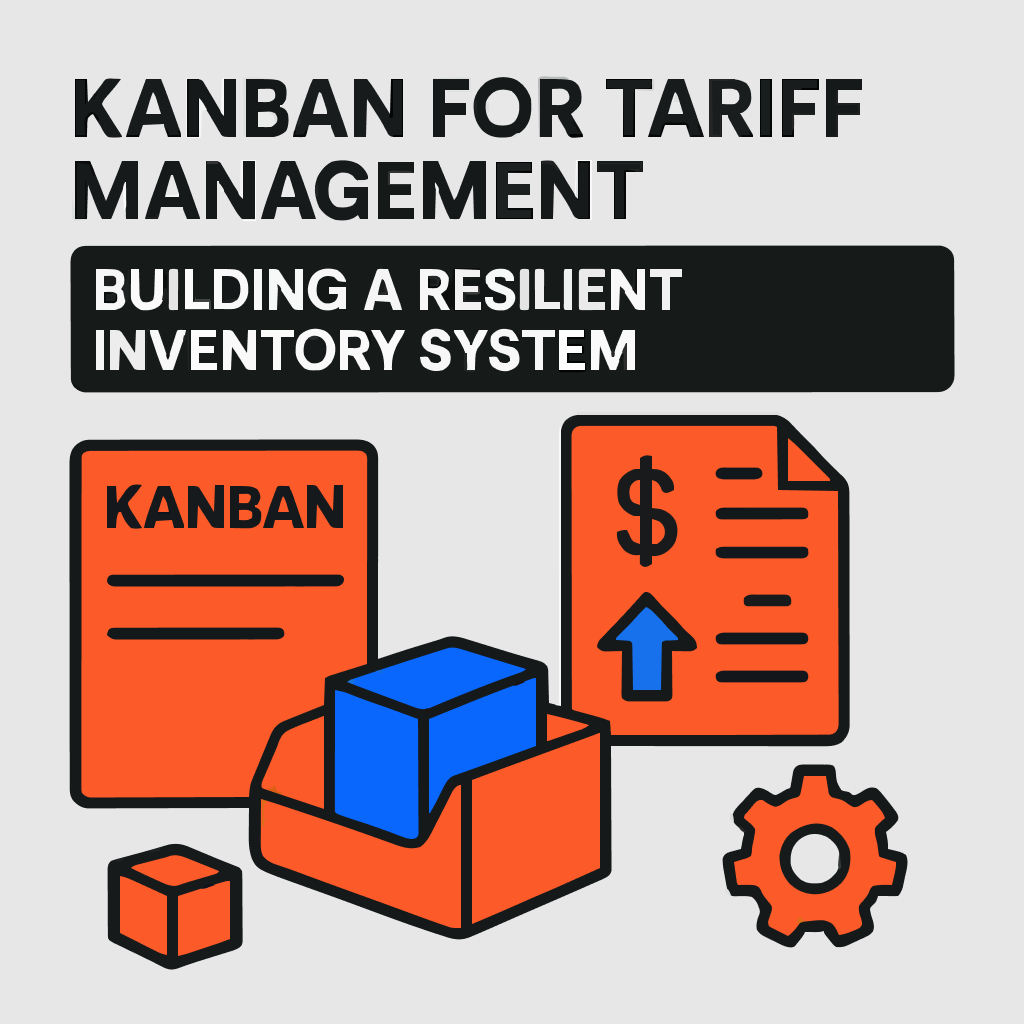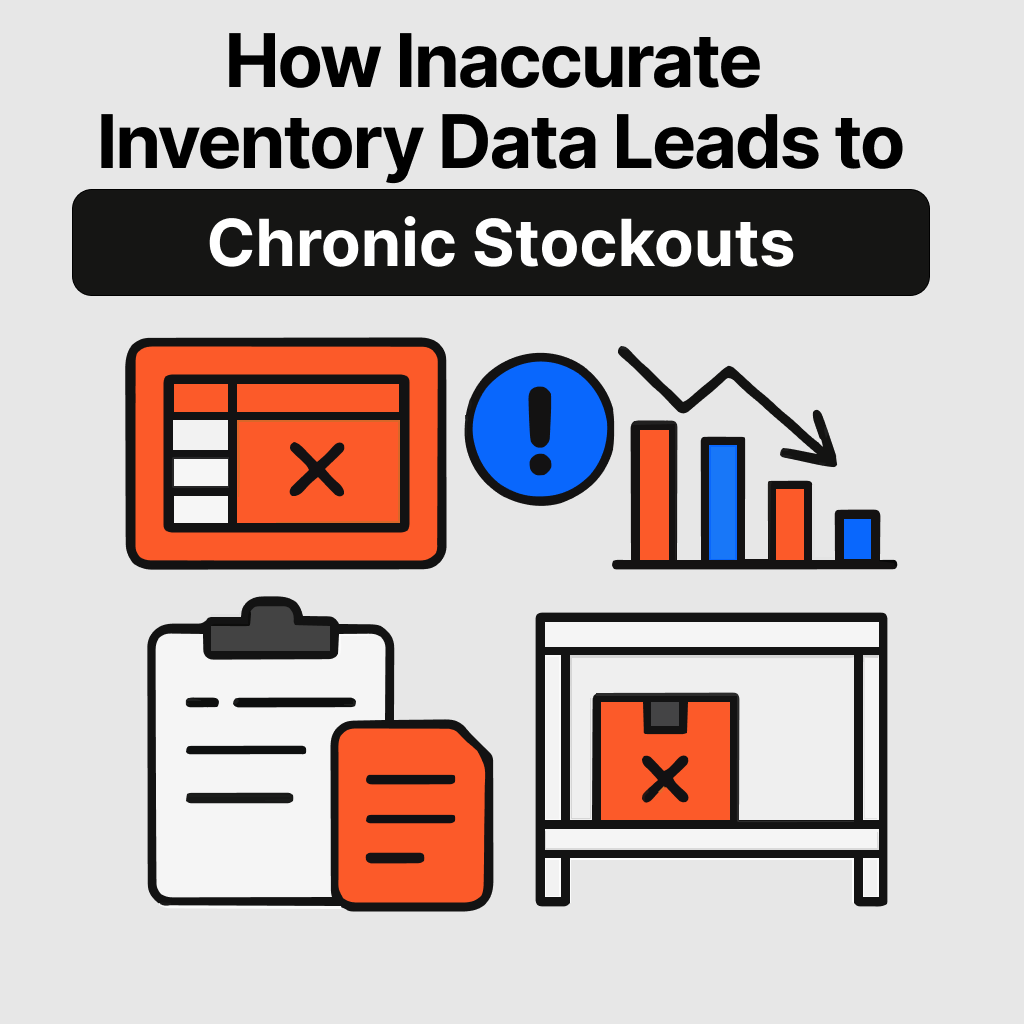2. KanbanBOX: Best Dedicated E-Kanban Software
Our Rating: ⭐⭐⭐⭐
KanbanBOX stands as the gold standard for companies seeking a comprehensive, purely digital e-Kanban solution. This cloud-based platform manages entire supply chains using lean principles, making it ideal for manufacturers committed to deep Kanban implementation.
Best For: Companies with mature lean processes who need robust data analytics and sophisticated supplier collaboration. Perfect for manufacturers managing complex internal and external supply chains.
Key Features
- Digital Kanban boards with highly customizable views and workflows
- Integrated supplier portal for seamless external collaboration
- Automated calculations for optimal inventory levels and reorder points
- Barcode and RFID integration for real-time consumption tracking
- Advanced analytics on inventory turnover and supplier performance
- Multi-location support for complex manufacturing operations
Pros
- Comprehensive e-Kanban features purpose-built for pull systems
- Excellent supplier integration extending Kanban beyond factory walls
- Data-driven optimization with continuous improvement insights
- Highly scalable from small shops to multi-site enterprises
- Strong reporting capabilities for lean metrics and KPIs
Cons
- Steeper learning curve due to comprehensive feature set
- Complex integration requirements with existing ERP systems
- May be overkill for simple inventory replenishment needs
- Requires change management for successful organization-wide adoption
Pricing: Starts at €290/month with different tiers based on users and features. Custom quotes available for enterprise implementations.
Bottom Line: If you need a data-rich, purely digital system with powerful supplier collaboration, KanbanBOX offers enterprise-grade e-Kanban capabilities that justify the complexity for serious lean implementations.
3. Katana: Best for Small Businesses Needing an All-in-One Solution
Our Rating: ⭐⭐⭐
Katana brings manufacturing ERP capabilities to small and mid-sized businesses through an incredibly user-friendly interface. While its Kanban feature focuses on production workflow visualization rather than inventory replenishment, it excels at creating visual manufacturing operations.
Best For: Small to mid-sized make-to-order manufacturers who need a single platform managing sales, inventory, and production visually. Ideal for businesses selling through multiple channels.
Key Features
- Visual production scheduling with drag-and-drop Kanban-style boards
- Real-time inventory tracking across multiple locations
- Multi-channel sales integration with e-commerce platforms
- Automated material allocation based on production schedules
- Shop floor mobile app for production reporting
- Financial reporting integration with popular accounting software
Pros
- Exceptionally user-friendly with modern, intuitive interface
- Perfect for make-to-order businesses managing custom production
- Excellent integrations with Shopify, QuickBooks, and Xero
- Transparent, affordable pricing accessible to growing businesses
- Quick implementation compared to traditional ERPs
Cons
- Not true inventory Kanban — focuses on production tasks, not replenishment
- Limited for complex manufacturing with multi-level BOMs
- Fewer lean-specific features compared to dedicated Kanban tools
- May outgrow capabilities as businesses become more complex
Pricing: Starter plan begins at $179/month, with higher tiers supporting increased order volumes and advanced features.
Bottom Line: While not a traditional pull system for inventory, Katana's visual approach and all-in-one functionality make it excellent for growing manufacturers who need more than just Kanban but want to maintain operational simplicity.
4. SyncKanban: Best for Automated Supplier Synchronization
Our Rating: ⭐⭐⭐⭐
SyncKanban by Synchrono specializes in creating real-time, automated connections between manufacturing floors and external suppliers. This e-Kanban system excels at eliminating supply chain latency through intelligent demand signaling.
Best For: Manufacturers with established lean processes who want highly responsive, automated supply chains. Perfect for companies whose biggest challenge is external supplier coordination.
Key Features
- Real-time demand signaling with instant supplier communication
- Self-healing replenishment loops that minimize manual intervention
- Advanced supplier performance monitoring with detailed analytics
- Seamless ERP integration for demand data and purchasing workflows
- Automated exception handling for supply chain disruptions
- Configurable alerting systems for proactive issue management
Pros
- Laser focus on supplier synchronization creates responsive supply chains
- Highly automated workflows reduce manual touchpoints significantly
- Built for lean experts who want sophisticated pull system execution
- Strong integration capabilities with existing manufacturing systems
- Proven ROI in reducing inventory levels while maintaining service
Cons
- Narrow specialization may not address internal production Kanban needs
- Complex implementation requiring careful system integration
- Opaque pricing model makes early evaluation challenging
- Requires supplier cooperation for full automation benefits
Pricing: Custom quotes provided after consultation, with free trials available for evaluation.
Bottom Line: For manufacturers whose primary challenge is supply chain responsiveness, SyncKanban delivers powerful automation that can transform external supplier relationships into competitive advantages.
5. GLOVIA G2: Best Enterprise-Level ERP with Lean Manufacturing Roots
Our Rating: ⭐⭐⭐
GLOVIA G2 by Fujitsu represents enterprise-grade manufacturing ERP built on Japanese lean manufacturing principles. Its integrated e-Kanban module isn't an afterthought - it's core to the system's DNA, making it ideal for large manufacturers committed to comprehensive lean implementation.
Best For: Large, multi-site manufacturing organizations requiring robust ERP functionality with proven lean capabilities. Perfect for discrete manufacturers in automotive, electronics, and similar industries.
Key Features
- Integrated e-Kanban module built into core production management
- Complete ERP functionality covering financials, sales, and operations
- Real-time shop floor data collection with equipment integration
- Advanced planning and scheduling for complex manufacturing operations
- Quality management integration with statistical process control
- Multi-site manufacturing support with centralized visibility
Pros
- True all-in-one solution eliminating data silos across departments
- Deep manufacturing focus purpose-built for discrete manufacturing
- Enterprise reliability designed for high-volume, complex operations
- Lean manufacturing heritage with authentic Toyota Production System roots
- Comprehensive functionality reducing need for additional software
Cons
- Significant investment in licensing, implementation, and training
- Long implementation timeline requiring substantial internal resources
- Less flexibility than nimble cloud-based solutions
- Overkill for smaller operations without enterprise complexity
Pricing: Starts around $250/month, but enterprise implementations typically require custom quotes based on modules and user requirements.
Bottom Line: For large enterprises needing powerful, integrated ERP with authentic lean capabilities, GLOVIA G2 provides the robustness and reliability that justify its complexity and investment.
Our Top Recommendation: Why Arda is the Best Choice
For manufacturers looking to implement a true Kanban pull system, Arda is the strongest and most direct path to success.
While comprehensive e-Kanban systems are powerful, and ERPs are essential for overall business management, they often miss the most critical element of a successful Kanban implementation: simplicity and buy-in from the shop floor.
The beauty of Arda is that it meets you where you are. It doesn't ask you to replace your entire ERP or spend months in training. It asks you to identify a pain point, that one part you always run out of, and solve it in an afternoon by creating a card.
By making the process physical, visual, and incredibly simple, Arda empowers your team to own the system. The scan of a card is a clear, unambiguous signal that directly connects the person doing the work to the replenishment cycle. This closes communication gaps, eliminates delays, and builds a foundation for a culture of continuous improvement.
%201.svg)








.svg)














.svg)
.svg)

.svg)